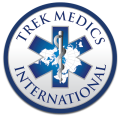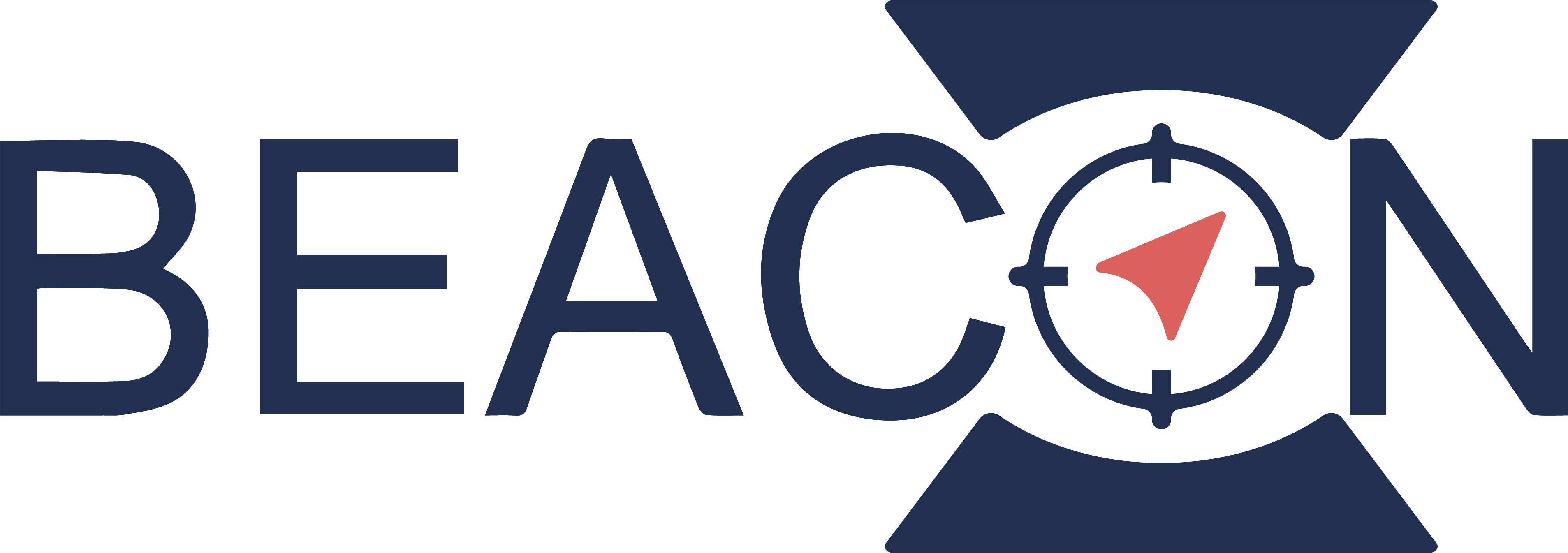AT-A-GLANCE
DIAL 112 or 193 TO CALL AN AMBULANCE IN GHANA
- You may also want to be prepared to call a taxi
- Established in 2006, the National Ambulance Service (NAS) is one of Africa’s most successful government-backed EMS development efforts
- According to government reports, “Close to 60% of all Ghana’s 216 districts are covered by ambulance services“, many of which are located at Ghana National Fire Service stations
- “Within each of Ghana’s 10 regional capitals in 2013, NAS had at least 1 ambulance station and several ambulances staffed by a crew of trained EMTs.” (Mould-Milman, 2015)
A special thanks to Jonathan Hope of First Intervention Ghana for his experience and insight in Ghanaian EMS.
HOW CAN I CALL AN AMBULANCE IN GHANA?
Dial 112 to call an ambulance in Ghana.
This number also works the fire department, though, according to the government, 193 is also still accessible to request emergency services. However, there is no guarantee that calling either of these numbers will result in finding rapid access to trained prehospital providers so having a backup plan to find alternative transport is recommended.
Yes, you can call 112 or 193 from anywhere in the country and according to Zakariah et al (2017) 81% of the population has access to NAS ambulances in nearly 60% of districts.
However, the availability and proximity of ambulances is not guaranteed, owing to a lack of sufficient ambulances, significant congestion in urban areas, and only 13% of the country with paved roads making access difficult in rural areas.
In Accra, where the National Ambulance Service (NAS) has the greatest number of ambulances, a recent study (Mould-Milman, 2015) found that:
- 18 of 402 (4.5%) persons surveyed had taken an ambulance to the hospital.
- 205 persons (43.8%) knew that there was a public access number
- 16 persons (3.4%) knew the public access number is 193
- 365 persons (78%) “believed it is faster to go to the hospital by taxi than by ambulance in Accra”
GROUND AMBULANCE IN GHANA
ACCRA
- West African Rescue Association (WARA): +233 30 278 1258
KUMASI
- West African Rescue Association (WARA): +(233) 0302 781258
TAKORADI
- West African Rescue Association (WARA): +233 31 203 3831
AIR AMBULANCE IN GHANA
ACCRA (Kotoka Airport)
- International SOS / WARA:
- Intl SOS: +233 (0) 302 516 350
- WARA: +233 (0) 302 781 258
The National Disaster Management Organisation (NADMO) is the official government agency mandated “To manage disasters by co-ordinating the resources of government institutions and non-governmental agencies, and developing the capacity of communities to respond effectively to disasters and improve their livelihood through social mobilization, employment generation and poverty reduction projects.”
“[In 2012], the government was able to increase funding for the NAS, which allowed development of a stand-alone EMT training program, purchase of 100 ambulances, and creation of 97 additional stations. The EMT school used a curriculum that was co-developed by EMT instructors from the North Dakota Army National Guard (Bismarck, North Dakota USA) and experts within the NAS; the curriculum was based on the principles of Basic Life Support, Prehospital Trauma Life Support (PHTLS), and other fundamental prehospital care topics (eg, recognition and care of medical and obstetric emergencies, as well as emergency medical systems operations). The curriculum prepares trainees for the cognitive and psychomotor exams offered for EMT certification by the United States National Registry of Emergency Medical Technicians (NREMT; Columbus, Ohio USA). Additionally, the NAS established continuous professional development education opportunities that allowed EMTs to advance their accreditations from basic EMT to advanced EMT. In 2008, there were no advanced EMTs. Currently, the ratio of advanced to basic EMTs is one to eight, respectively. Since the EMT training school’s formation, nearly 2,000 EMTs have been trained. … In 2012, the demand for EMTs was great enough to open a formal and self-sustaining EMT school.” (Zakariah, 2017)
National Ambulance Service (NAS) ambulances are provided free of charge.
ADDITIONAL INFO
“On May 9, 2001, 127 people were trampled to death at a stadium disruption in Accra, Ghana, which was reported to the public in dramatic detail. In part due to a newfound public awareness of a deficient disaster management strategy and part the effect of long-term advocacy by health professionals, a groundswell of support for an ambulance system began. During the following Annual Sessional Address to Parliament, Ghana’s head of state, His Excellency John Agyekum Kufour, charged the Ministry of Health (Accra, Ghana) and collaborators to establish a national ambulance service. As a result of this directive and the immense efforts of officers in the health sector, the National Fire Service (Accra, Ghana), the Office of the State Attorney (Accra, Ghana), and others, the National Ambulance Service (NAS) was established in 2004 and became fully operational in 2006.” (Zakariah, 2017)
The National Ambulance Service (NAS) is overseen by the Ministry of Health, with support from the National Fire Service (Ministry of the Interior) which provides facility space for many of NAS’ ambulance stations along with public hospitals.
- Mould-Milman NK et al: “Assessment of Emergency Medical Services in the Ashanti Region of Ghana.” Ghana Med J 2015;49(3):125-135.
- Mould-Milman NK et al: “Barriers to Accessing Emergency Medical Services in Accra, Ghana: Development of a Survey Instrument and Initial Application in Ghana.” Glob Health Sci Pract 2015;3(4):577-590
- Tabiri S et al: “Assessing Trauma Care Capabilities of the Health Centers in Northern Ghana.” World J Surg (2015) 39(10):2422–2427.
- Zakariah A, Stewart BT et al: “The Birth and Growth of the National Ambulance Service in Ghana.” Prehosp Disast Med 2017;32(1):83-93.
- “CEO of National Ambulance Service calls for passage of Bill” (Ghana News Agency, March 22, 2017)
- First Intervention Ghana (Cape Coast) – Volunteer emergency response service
- Paramedic Aid Co. Ltd. (Accra) – EMS training, supplies, materials
SCOREBOARD
% OF SERIOUSLY INJURED PATIENTS TRANSPORTED BY AMBULANCE IN GHANA, 2013
% OF DISTRICTS COVERED BY GOVERNMENT AMBULANCE SERVICES
ROAD TRAFFIC INJURY DEATHS
(PER 100,000 POPULATION)
[Source: 2015 Global Status Report on Road Safety, WHO]
REPORTED HOMICIDES
(PER 100,000 POPULATION)
[Source: 2014 Global Status Report on Violence Prevention, WHO-UNDP]
NUMBER OF NAS RESPONSES PER DAY
(PER 100,000 POPULATION)
TOTAL NUMBER OF CALLS RESPONDED TO BY NAS
[Source: Holistic Assessment of the
Health Sector Programme of Work 2014, Ministry of Health Ghana]




